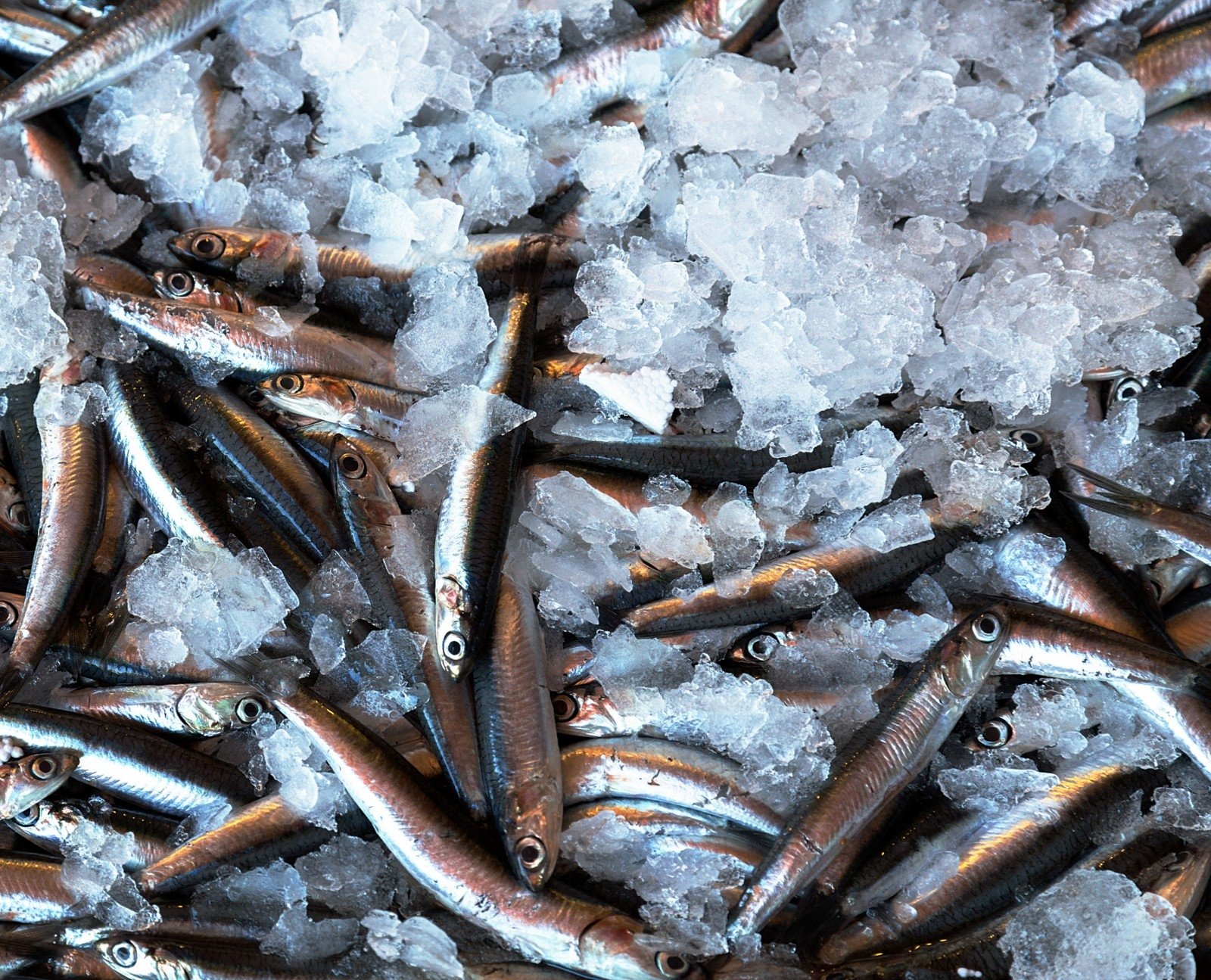
[ad_1]
Consumers can generally purchase whole and pre-gutted, sliced or prepared fish fillets, which are not processed but only chilled, at the point of sale. However, when buying fresh (chilled) fish in bulk in an ice display case, it is always important to ensure that at least half of the surface of the fish is covered in ice. Only a sufficient amount of ice on the surface of the fish ensures the proper temperature and quality of the fish, the report says.
Specialists from the State Food and Veterinary Service (SFVS) point out that current legislation establishes that caught fish must be refrigerated and kept at a temperature of approximately 0 ° C as soon as possible. However, during inspections, inspectors will record cases where fresh fish is kept at a temperature higher than required, such as plus 2.8 ° C, or is not sufficiently covered by ice. It happens that fresh fish and its products are sold without ice in the markets. It is noted that storing fish in this way does not ensure the required temperature, which may affect the safety and quality of this product.
It is equally important to make sure the ice around the fish is clean. Ice should be made from potable or clean water and stored in refrigeration equipment to avoid contamination and rapid thawing. Adding new fish to the display case throughout the day without replacing the ice with clean one can contaminate them, for example fish fillets can easily become infected from undercooked fish. Fresh fish and packaged fish products should be stored in refrigeration equipment that ensures the temperature of the melted ice.

© DELFI / Vilma Deveikytė
Consumers purchasing fresh, thawed fish or fish products are advised to take special care not to risk purchasing such fish if storage conditions are markedly violated. Before purchasing this product, it is advisable to evaluate its appearance, smell, color and consistency. The easiest way to check the freshness of the whole fish is to inspect the eyes, scales, fins, and gills.
Fresh fish does not have a strange smell, it is specific and characteristic of certain species of fish. If, for example, there is a strong smell of ammonia, the fish is not fresh and begins to spoil. The skin of fresh fish is shiny and flexible, the mucus is transparent, the scales must adhere firmly and shine, and the fins and tail must not dry out or stick. When buying a fish with a head, it is necessary to pay attention to its gills, which should be light to dark red in color, and the gill caps – rigidly compressed. The eyes of fresh fish should be elevated, transparent and moist. The muscles are rigid, elastic, difficult to separate from the bones, in addition, the fish does not bend, and when you press the finger, the formed hole is immediately straightened, it remains only when the fish is old.
Experts say that the journey from fresh fish to the shop window and to the consumer’s table is quite long and, depending on the type of fish, can take up to a week. Therefore, the supply is not very large: mainly fish grown in Lithuania or imported from aquaculture farms in other countries are sold, that is, carp, salmon, trout, catfish, dorado. Flounder, herring, perch, odorous, bream, bream or cockroach caught by local fishermen in the Baltic Sea or in the Curonian Lagoon are less frequently found in supermarkets.
It is noted that outlets in the country are more likely to offer thawed (thawed) fish that was frozen prior to sale, such as cod, herring, mackerel, hake caught in the Atlantic or Pacific Ocean and dorado farmed in Turkey, Greece or Italy. , tilapia from Vietnam, China and others.
It should be noted that thawed fish must be kept in the same conditions as fresh, only with the indication “thawed” or “thawed” next to the name. If fresh fish is frozen in high quality, even after thawing it will differ little from fresh fish, only the muscle structure damaged by ice crystals will be less elastic, but will not stretch or weaken.
Experts note that fishing for Baltic cod is suspended, but fishing for other species of cod, such as cod, is not prohibited and can therefore be traded. To ensure that safe and high-quality fresh (or chilled, chilled) products reach the consumer, these and fishery products must be considered suitable from the time they are caught until they are presented to the consumer.
Fish is a perishable food, so when you buy fresh or thawed fish, you should not store it without further processing and produce it immediately, and in no way freeze fish that has already been thawed a second time. If stored in a refrigerator above freezing, the fish will spoil quickly and will be unfit for consumption.
It is strictly forbidden to use the information published by DELFI on other websites, in the media or elsewhere, or to distribute our material in any way without consent, and if consent has been obtained, it is necessary to indicate DELFI as the source .
[ad_2]